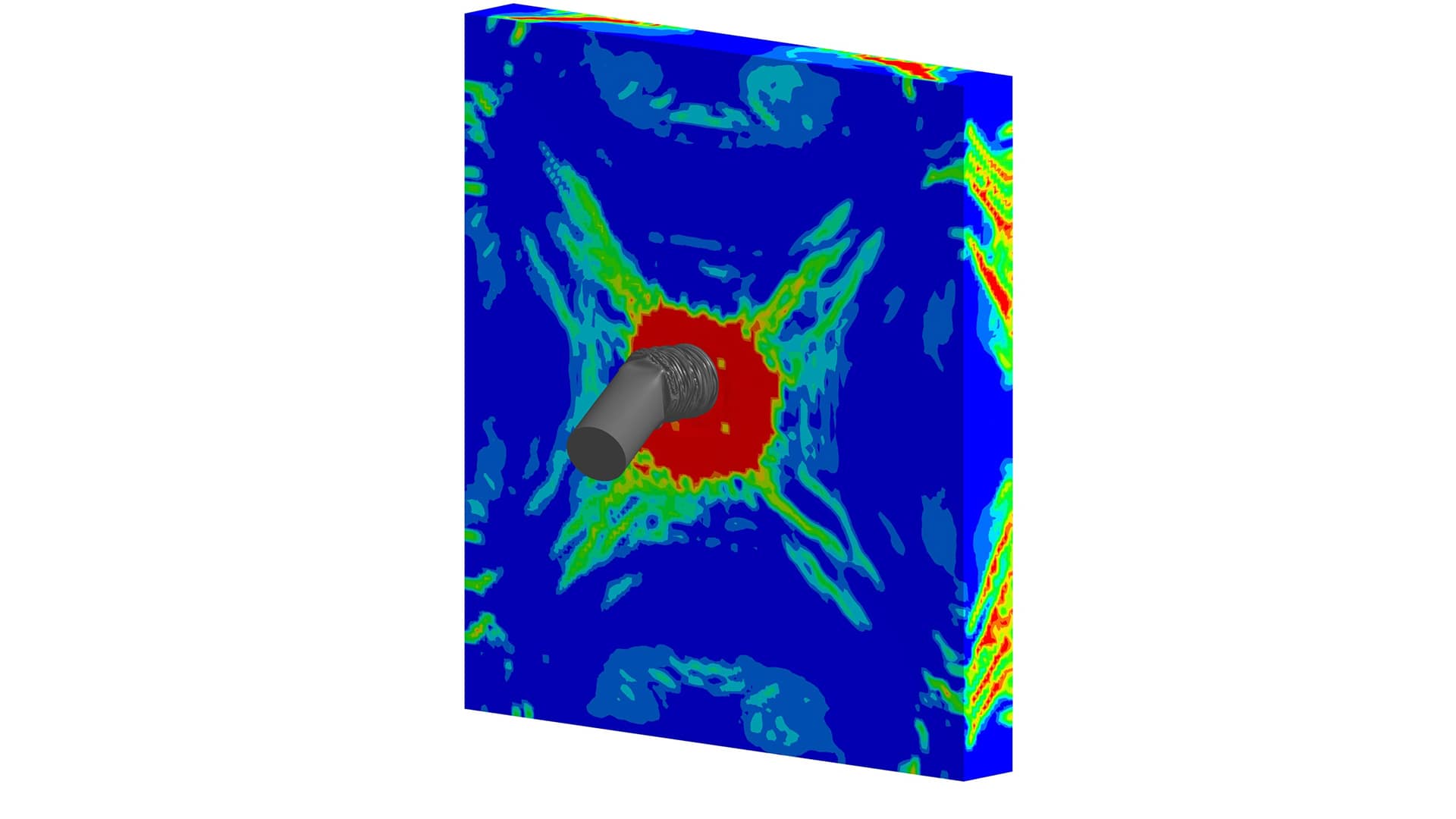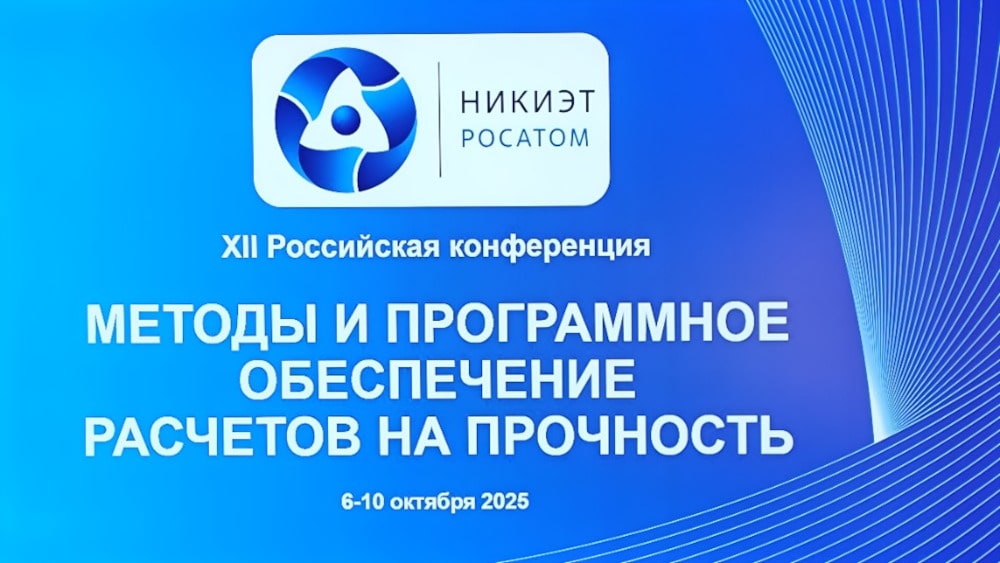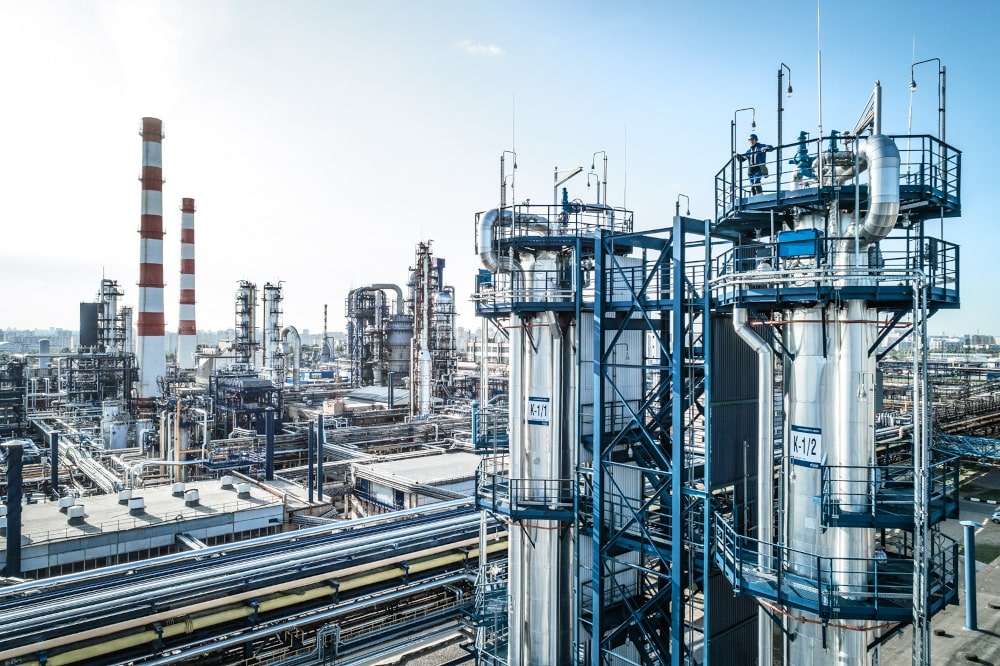Journal "Construction of Unique Buildings and Structures"
DOI:10.18720/CUBS.92.7
Authors: A. Dmitriev, V. Lalin, Yu. Novozhilov, D. Mikhalyuk
The object of research is a concrete plate subjected to high-velocity projectile impact. The finite element method (FEM) is commonly used to obtain the nonlinear dynamic response of concrete structures. However, extreme loads such as projectile impact cause large strains, damages, material fragmentations. The mesh-based FEM cannot solve this task accurately. Smoothed particle hydrodynamics (SPH) is the meshless method that allows us to solve perforation and fragmentation problems but is characterized by higher computational costs. Methods. In this paper, we use the coupled FEM-SPH method to simulate the high-velocity concrete plate perforation. This method derives from switching from FEM to SPH by specific triggering criterion.Shear strain is the triggering criterion for the concrete plate perforation problem. The elastoplastic-damage Continuous Cap Surface Model (CSCM) describes nonlinear stress-strain relationships with strain-rate dependency for concrete. Results. Validation of CSCM on quasi-static cube compression gives good agreement with Eurocode-2 data: difference does not exceed 7% in FEM and 3.8% in the SPH method, respectively. For concrete plate perforation, the best match with the experiment is for the numerical model with spacings between FE nodes, and between SPH particles are equal to 2 mm. In this case, the ratio between the projectile diameter and the spatial discretization of approximately 6:1. The triggering value of shear strain for switching from FEM to SPH seems not to influence modeling results and computing time, independently of spatial discretization.

.png)





